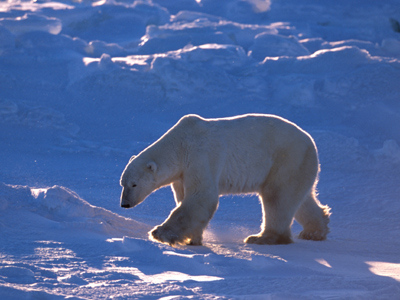
Adaptations for Survival
This Biology quiz is called 'Adaptations for Survival' and it has been written by teachers to help you if you are studying the subject at middle school. Playing educational quizzes is a fabulous way to learn if you are in the 6th, 7th or 8th grade - aged 11 to 14.
It costs only $12.50 per month to play this quiz and over 3,500 others that help you with your school work. You can subscribe on the page at Join Us
For an organism to be successful, it needs to be well adapted. Adaptations for survival are the ways in which an organism is suited to life in a particular environment or habitat. These adaptations can be characteristics, behavior or both. Organisms that are perfectly adapted to a particular way of life in a habitat will change little over long periods of time, unless something changes.
Ready for more?
not all...
quizzers. Try to win a coveted spot on our Hall of Fame Page.







